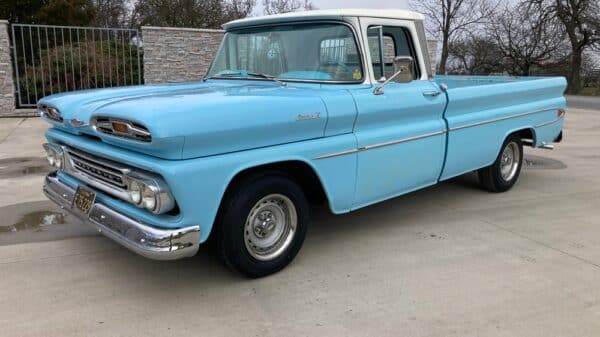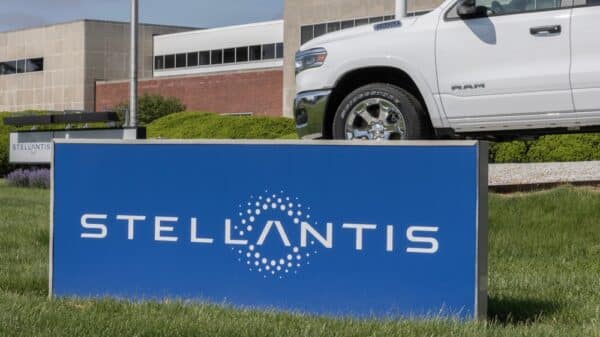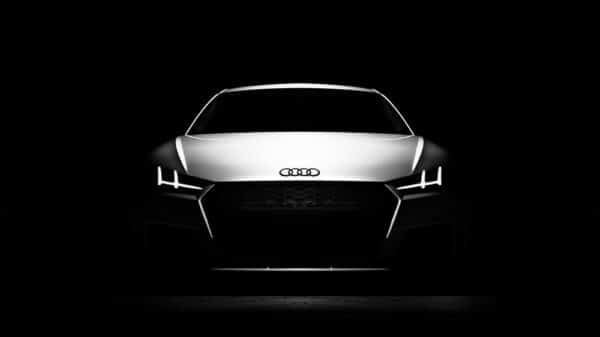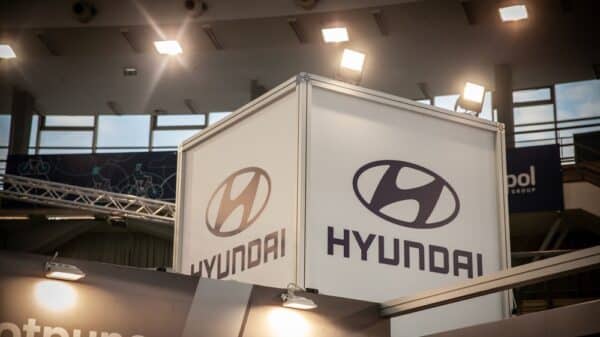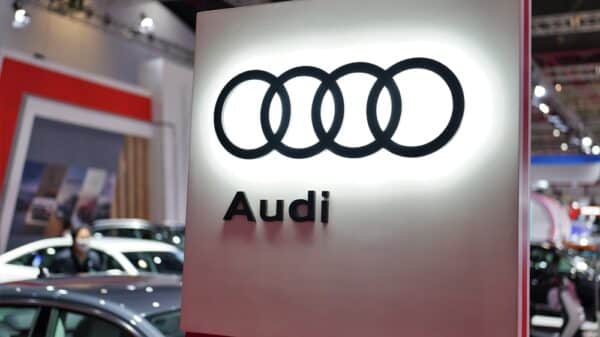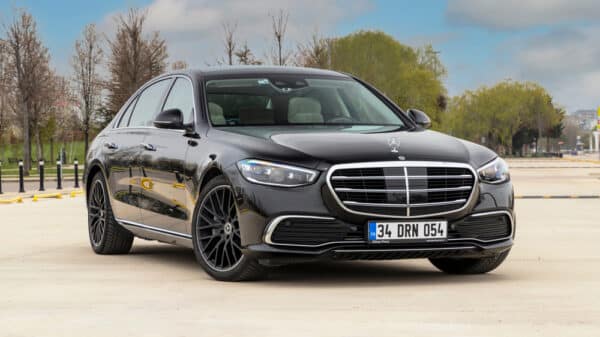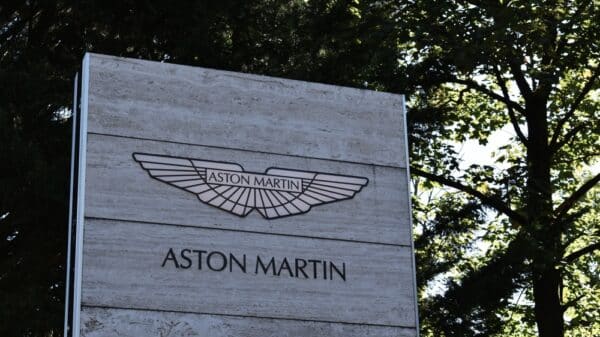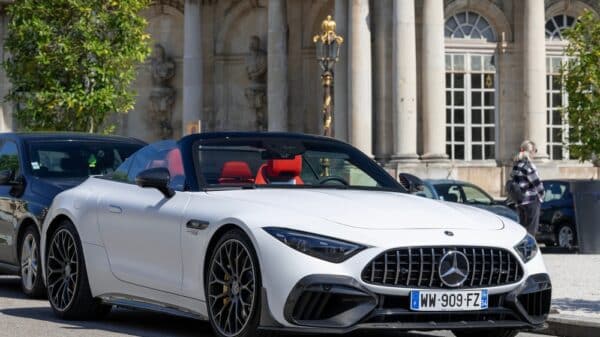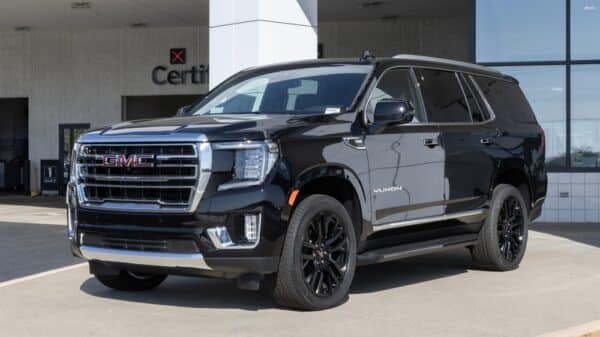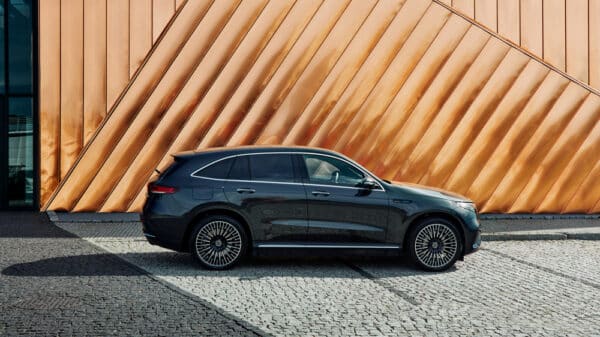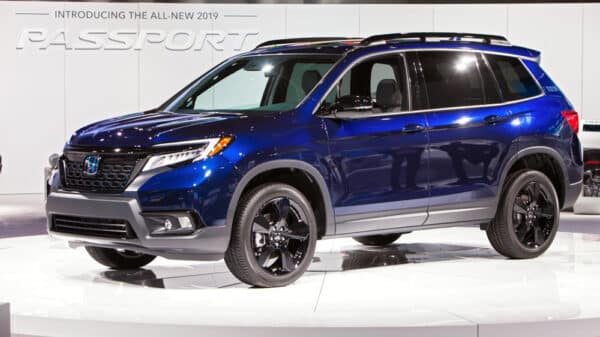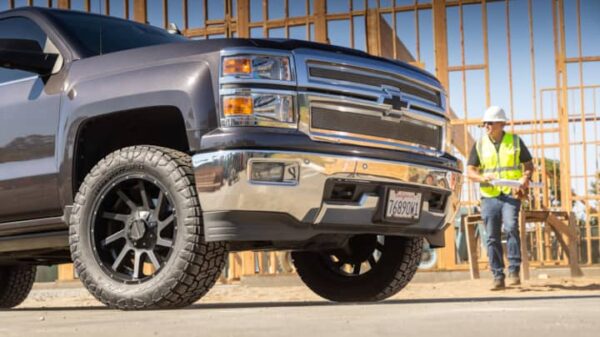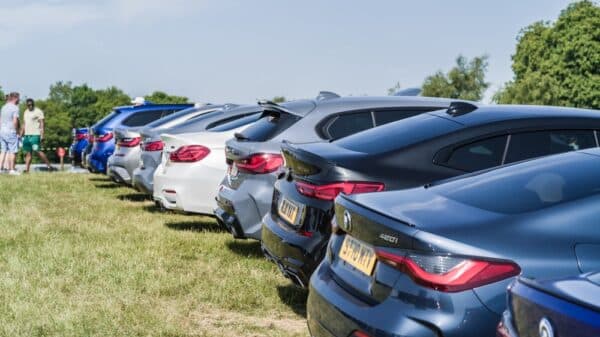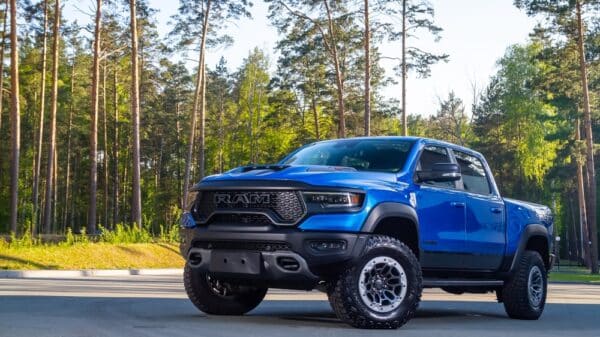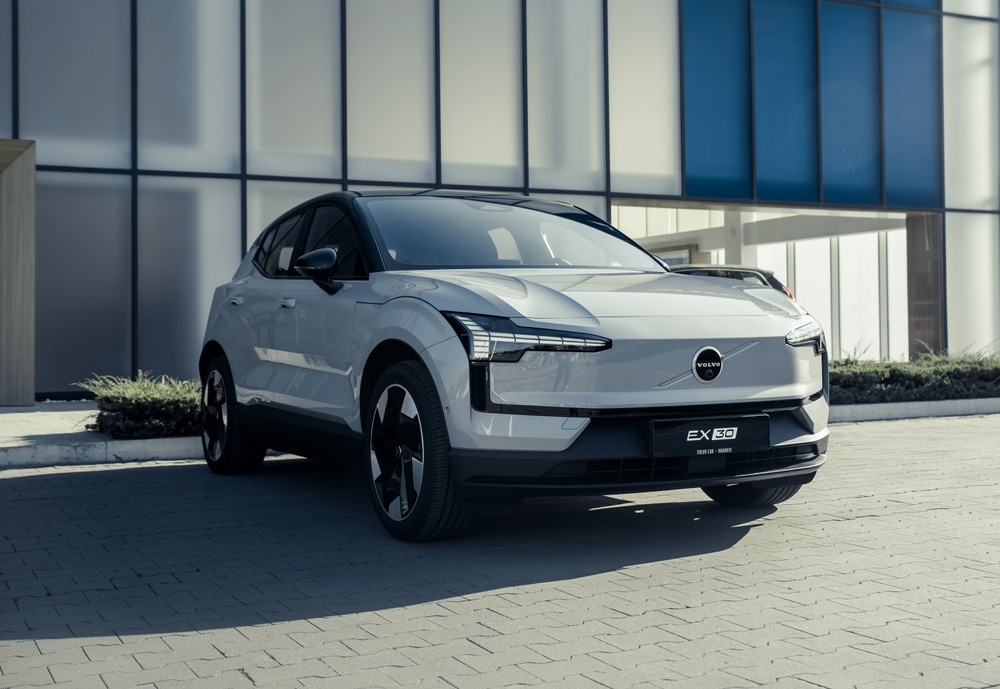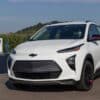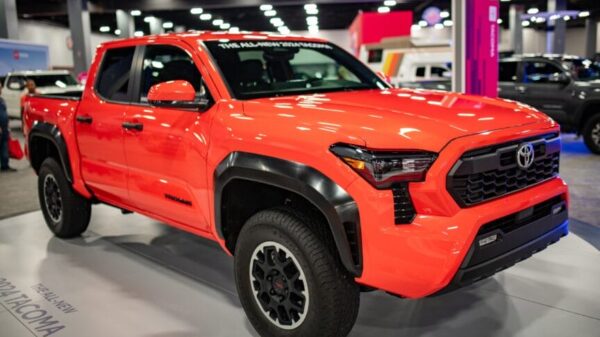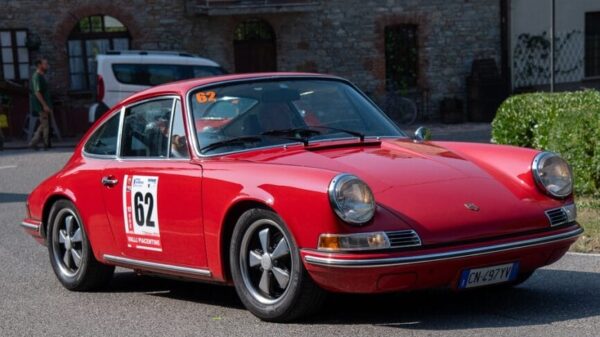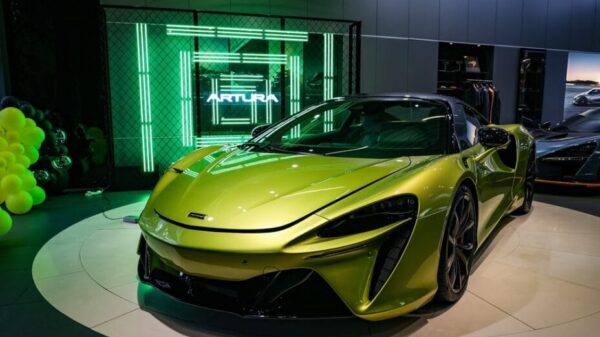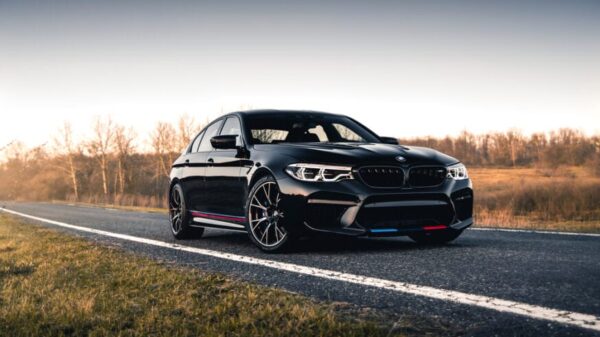The 2025 Volvo EX30 is making waves as it lands in U.S. dealerships, with a starting price of $44,900. Volvo positions it as their affordable electric option, especially with an even more budget-friendly single-motor version anticipated to drop below $40,000. Currently, drivers are met with the dual-motor model, offering an enticing combination of sleek design and impressive performance specifications that could appeal to many EV enthusiasts.
You’d be hard-pressed to find a more thrilling ride than the Volvo EX30, which can blast from 0 to 60 miles per hour in just 3.4 seconds. But let’s address the burning questions most EV drivers have: How far can this small crossover go on a full charge? And more importantly, how quickly can you juice up when you’re running low on battery?
Volvo claims that the EX30 Twin Motor Performance can achieve up to 253 miles on a full charge. As for charging speed, they suggest that it takes around 26 minutes to charge from 10% to 80%. That sounds great on paper, but real-world testing tells a slightly different story.
In a recent video by the EV Buyers Guide, the EX30 was pushed down to a nail-biting 3% state of charge, then connected to a DC fast charger. Initially, they tried charging it at a Tesla Supercharger. However, even though Volvo EVs can utilize Supercharger stations in North America, this attempt didn’t pan out. The charging test was then successfully conducted at a nearby Electrify America station.
Upon starting the charging session at 3%, the charging power hovered around a modest 20 kilowatts. As it progressed, by the time the battery hit 8%, charging power surged to around 150 kW. Interestingly, the speed begins to decline after 30%—dropping to around 130 kW at 30% and further to 120 kW by the 40% mark. When the battery was at 70%, the charging rate was about 67 kW, and it settled to about 45 kW when reaching 80%.
In total, it took a full hour and ten minutes to charge the EX30 from a precarious 3% to a complete 100%. While this charging time is not groundbreaking, it’s essential to keep in mind that their advertised 10% to 80% charging benchmark is more relevant for road trips rather than typical daily use. In this particular instance, the EX30 managed to recover roughly 177 miles of range in just 30 minutes of charging. Not too shabby, but this duration exceeds Volvo’s promised 26 minutes.
Digging deeper into the efficiency of charging, the peak performance is seen when charging from 10% to 50%, with a remarkable gain of 101 miles of range in just 12 minutes—translating to about 8.4 miles per minute. If you can keep it plugged in until it reaches 60%, that’s a 126-mile range increase over roughly the same timeframe, or 7.9 miles per minute. Charging from 10% to 80% yields a slower rate of 5.9 miles of range per minute. Essentially, the quicker top-ups every so often will likely help you reach your destination faster than risking a prolonged charging session.
When comparing the EX30’s charging capabilities to some of its peers in the market, such as the Hyundai Kona EV, Kia Niro EV, and Chevrolet Bolt EV, it appears the Volvo stands out as a more efficient option for DC fast charging.
For those looking for an attractive, high-performing electric vehicle that balances style with functionality, the Volvo EX30 proves to be a commendable choice—appealing not only to EV veterans but also to newcomers who might be navigating the electric landscape for the first time. It’s always exciting to see fresh options emerge that make the transition to electric driving a bit smoother.
Image Source: Veyron Photo / Shutterstock

